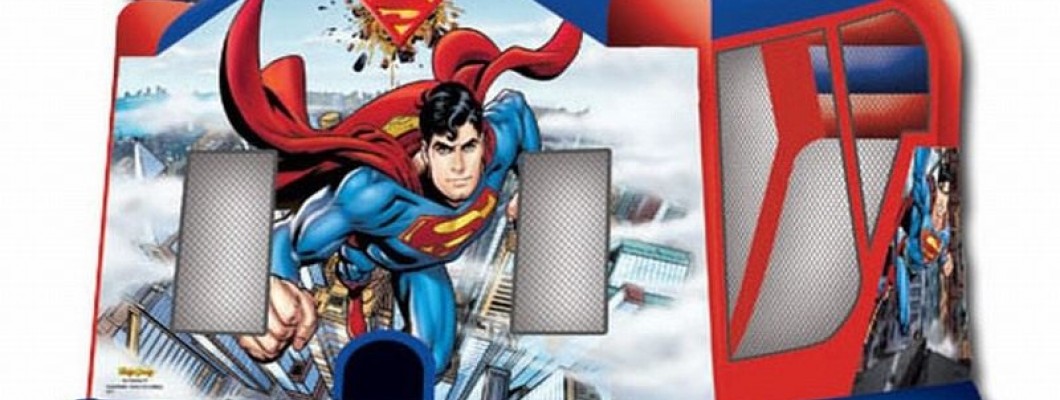
Setting up a jumping castle on uneven ground can be tricky, but it’s not impossible! Safety is your top priority, so it’s important to take a few extra steps to ensure the castle is secure and stable, even on a bumpy or sloped surface. Here’s what you can do if the installation space is uneven:
1. Assess the Ground
Before setting up, take a good look at the area. You want to check how uneven it is and whether there are any large rocks, tree roots, or other obstacles that might get in the way. If the slope is too steep or the bumps are too big, it might be better to find a flatter space.
2. Use a Ground Sheet or Tarp
Laying down a ground sheet or tarp can help even out small bumps and protect the base of the jumping castle. It also provides a layer of protection between the castle and the ground, reducing the risk of punctures from rocks or sticks.
3. Use Sandbags or Weights
If the surface is uneven, it’s essential to secure the jumping castle with extra weights. Sandbags or other heavy objects can help balance out the inflatable and keep it stable. Place the sandbags at the corners and tether points to prevent it from moving around.
4. Adjust the Position
If one side of the ground is higher than the other, try adjusting the position of the jumping castle to sit more evenly on the surface. Moving it slightly to a flatter area, even within the same space, can make a big difference.
5. Peg It Down Securely
On uneven ground, you’ll want to pay extra attention when pegging down the jumping castle. Hammer the pegs in at an angle, making sure they’re deep enough to hold the inflatable securely. If the ground is soft in some areas, consider using additional pegs or stakes to ensure stability.
6. Use Mats for Entry and Exit Points
If the ground is particularly uneven near the entry or exit points of the jumping castle, place safety mats around these areas to prevent trips and falls. This is especially important if the uneven surface creates a slight slope that users have to step onto.
7. Monitor the Setup
Once the jumping castle is inflated, keep an eye on how it sits on the ground. If it looks like it’s shifting or leaning to one side, you may need to adjust the position or add more weights to ensure it stays stable. Always prioritize safety, and don’t hesitate to deflate and reposition if necessary.
While it’s always ideal to install a jumping castle on flat, even ground, sometimes that’s not possible. By taking these extra precautions, you can still ensure a safe and fun setup, even on uneven surfaces.
